When we think of racehorses, we think of the epitome of the equine athlete. Fast, strong, and full of heart, the racehorse comes with a unique set of nutritional requirements focused around increased energy needs and elevated vitamin and mineral intakes. While it can sometimes be difficult to distinguish between low, medium, and hard working athlete requirements based on NRC recommendations, thoroughbred and standardbred racehorses undoubtedly belong to the latter group.
The need for energy – and lots of it
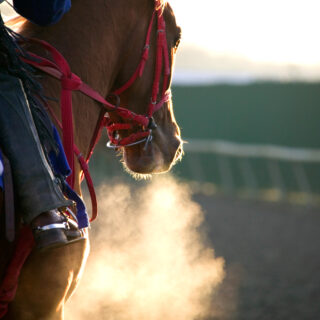
Racehorses are built for speed through generations of selective breeding, but what happens if your horse doesn’t have the gas to go the extra mile although he has the heart? This is where nutrition plays a critical role.
Energy for the horse is described using digestible energy in the form of an mCal – this is the energy that the horse needs minus what is lost in excretion. For the average 500kg horse at maintenance, the NRC places the calorie needs of a horse at maintenance between 15-18 mcals. In contrast, a heavy working racehorse requires maintenance plus the energy for intense exercise, which is upwards of 34.5 mCals or over 30,000 calories per day – 10x what the average human requires! While the body condition of the racehorse is generally lower than other equine athletes (around a 4-5), if a racehorse is losing condition it means their energy expenditure is larger than their energy intake.
Carbohydrates are the main energy source of the racehorse, as glucose in starches and sugars in cereal grains are used readily for fuel in muscle contraction and are also stored in the muscles as glycogen. Since racehorses burn so much of this fuel during exercise, it must be readily replaced or can otherwise impair performance.
A depletion of energy stores could mean not only burn out on the track but can also wreak havoc on muscle itself. While starch is the best fuel for direct glycogen use and storage, the equine digestive tract is often unequipped to deal with too much at a time as undigested starch that passes into the hindgut can cause upsets or aggravate horses susceptible to tying up.
Fat and fibre for gut health
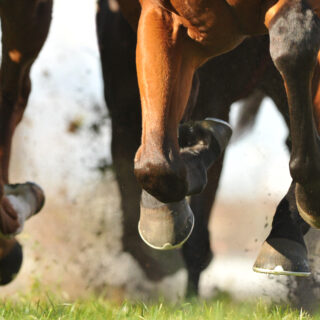
Horses evolved on low quality feed stuffs, so how do we balance the need for energy required for intense exercise with a happy hindgut?
Racehorses who notoriously suffer from colic, ulcers, or hindgut acidosis may best perform with a high fat, high fibre feed – still with starches required for replenishing glycogen stores, but in a formula that improves gut health and pulls energy from well digested fat sources and super fibres such as beet pulp, soy hulls and alfalfa meal. Fat and fibre products are also a preferred option for the racehorse who suffers from frequent recurrent exertional rhabdomyolysis (RER) or who otherwise require a decreased glycemic response to meals.
Elevated mineral requirements
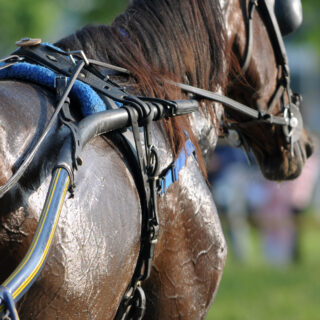
Feeding whole grains, such as oats, is a traditional and still widely used feeding practice for the racehorse. Oats specifically are very popular due to a good starch content that is more digestible and easier on the hindgut than others, as well as a good level of fat and fibre for a whole grain.
However, oats on their own may lack the elevated nutrient requirements and ratios needed by intense working racehorses. While oats are generally satisfactory for a horse at maintenance (minus an inverted calcium/phosphorus ratio and low copper and zinc), supplementation is essential for the racehorse. Some important considerations are as follows:
- Protein – racehorses require adequate levels of protein to promote muscle and connective tissue health and repair. The quality of protein must be considered over the quantity when it comes to the equine athlete, as the limiting amino acid lysine needs to be in adequate supply.
- Calcium and phosphorus – together, these two macrominerals support bone health. More importantly, there needs to be more calcium than phosphorus in the diet as the inverse ratio inhibits calcium intake.
- Vitamin E and selenium – together as well, these two operate as important antioxidants to the racehorse, protecting cells against free radicals. The quality and form is an additional consideration for these nutrients, as the more bioavailable the form of the nutrient is, the better it will be absorbed and utilized by the horse.
- Electrolytes – racehorses that are working intensely, particularly in warm climates, must be rehydrated as gallons are lost in sweat during hard work, and with that electrolytes (sodium, chloride, potassium and in smaller amounts magnesium and calcium).
So while oats or other grains may be the go-to base of the grain diet for the racehorse owner or trainer, it is important to remember that a mineral supplements must be added to ensure a well balanced athletic diet. When in doubt, a commercial product specifically formulated for the racehorse and elite equine athlete will come fortified with the elevated nutrients to ensure your athlete gets the best out of his diet to perform to the best of his abilities.
Masterfeeds would like to congratulate our thoroughbred racing clients on successful meets at Monmouth Park in New Jersey and at Woodbine in Ontario the last few years. With trainers and horses consistently in the top 3, we are proud to provide the best in racehorse nutrition. Check out their results and some of our go-to race rations, below!
For more information or to schedule an on-farm call or hay analysis from one of our reps, visit our website, contact us, or email us directly at: happyhorses@masterfeeds.com
Product Spotlight
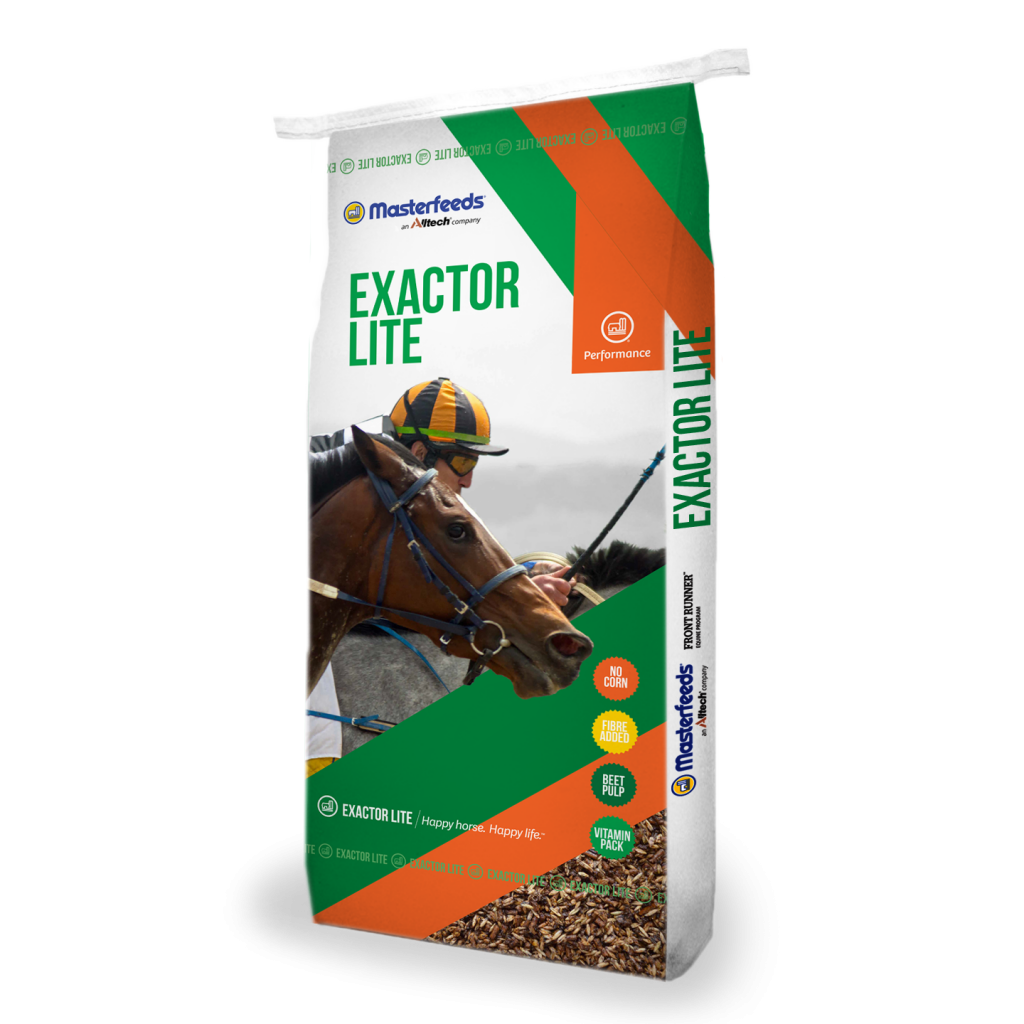
EXACTOR LITE (TEXTURIZED) EAST | WEST
FOR HORSES IN INTENSE TRAINING
Masterfeeds Exactor Lite is our gold standard ration for the race horse and the needs of the high performance trainer looking for a very palatable, no corn, fibre added, texturized feed. Very popular with thoroughbred trainers and well liked across the industry for hard working horses that are fussy eaters and horses with sensitive digestive tracts. This feed is oat and barley based with a supplement pellet containing our premium vitamin mineral pack. It is blended with shredded beet pulp and rich with molasses.
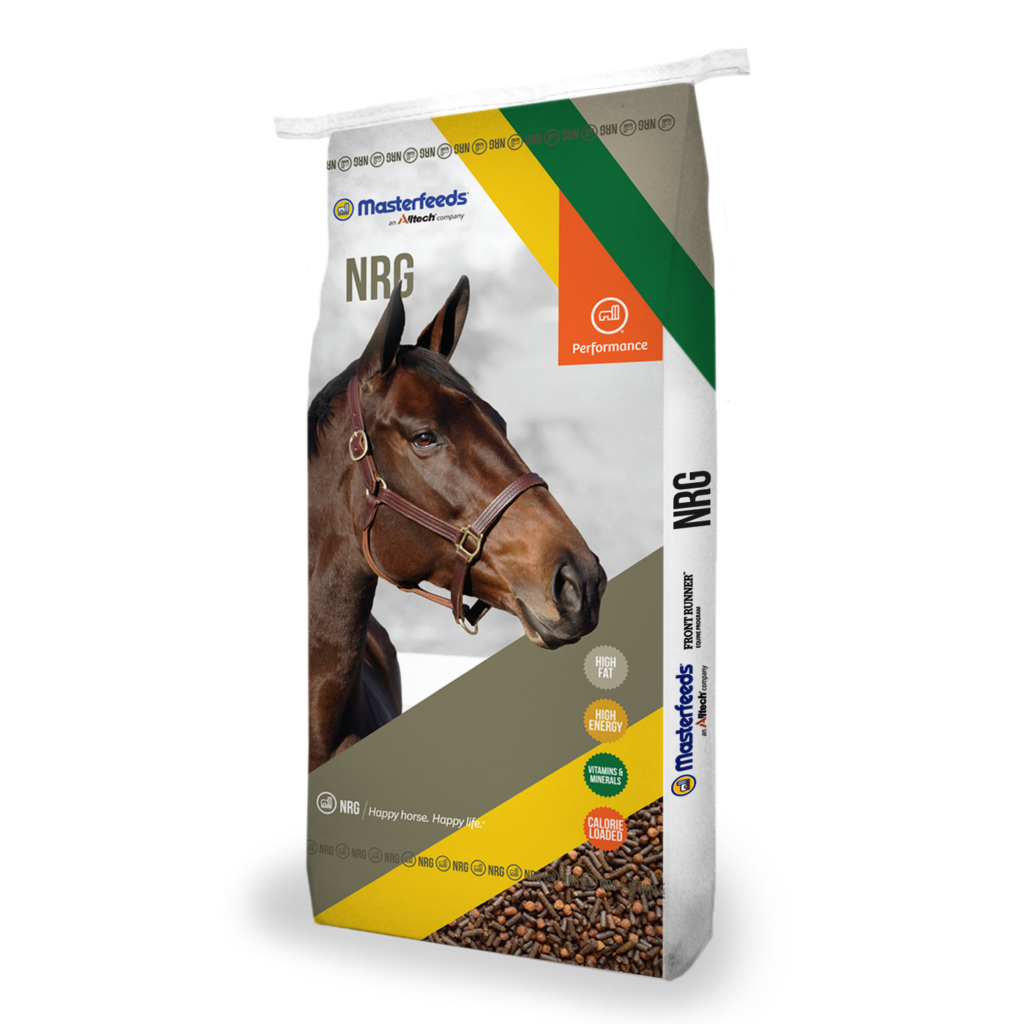
NRG (MULTI-PARTICLE) EAST | WEST
FOR HORSES IN INTENSE TRAINING
Masterfeeds NRG is loaded with calories and good working energy, this multi-particle ration is based on an oil coated fortified pellet and extruded bits, with a light coating of molasses. The fibre content is medium, with some starch and a very high fat content. The 12% fat from all vegetable sources, provides endurance energy, and is fantastic for maintaining weight on horses. It is completely balanced with vitamins and minerals and can be fed alone with hay. It is also often used as a high fat topdress.
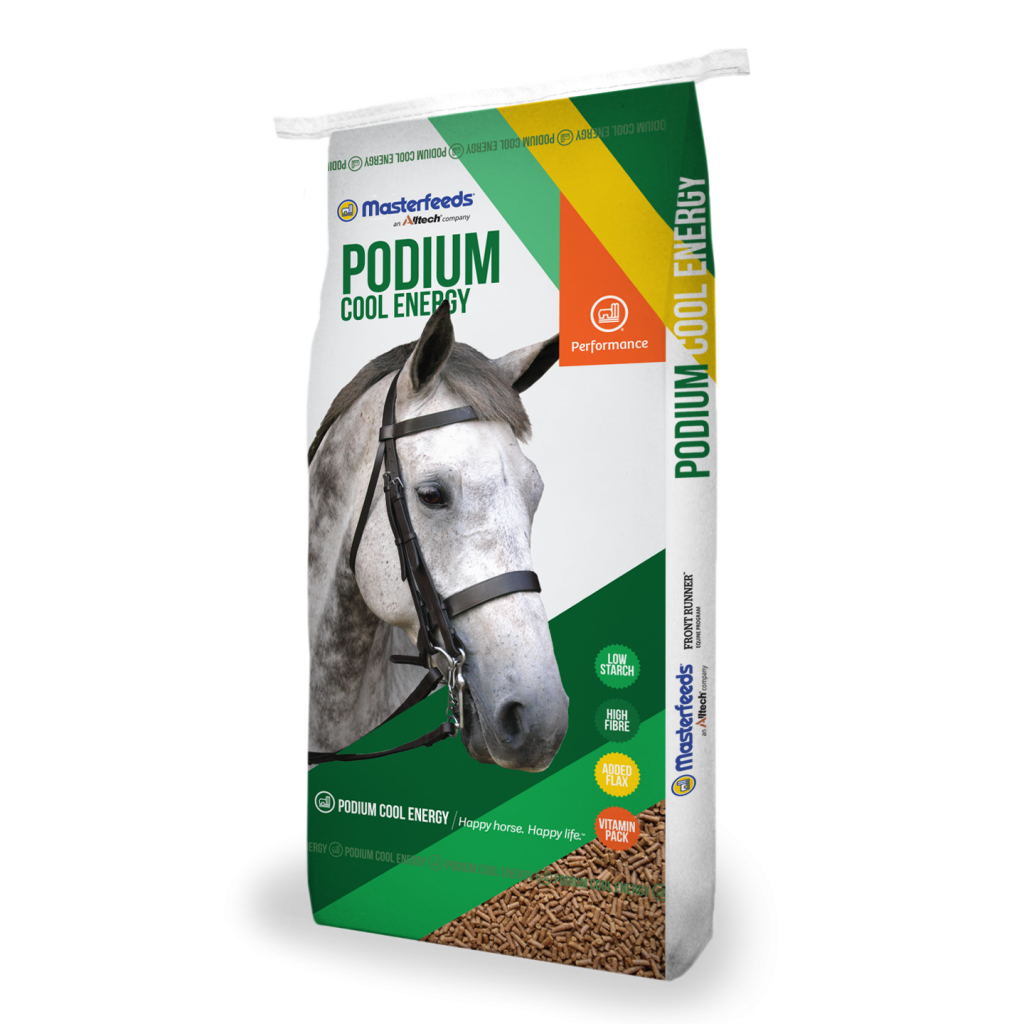
PODIUM COOL ENERGY (PELLET) EAST | WEST
FOR ALL TYPES OF EQUINE ATHLETES
Podium Cool Energy is a favourite with owners and trainers looking for a very low starch feed for high performance athletes. With proven results in reducing ulcer incidence and tying up, it is a great choice for standardbred racehorses, eventers, and any trainers and riders looking for an ultra low starch ration for working athletes. Added flax provides an excellent source of Omega-3 and it is fortified with our premium vitamin mineral pack for a complete and balanced feed.
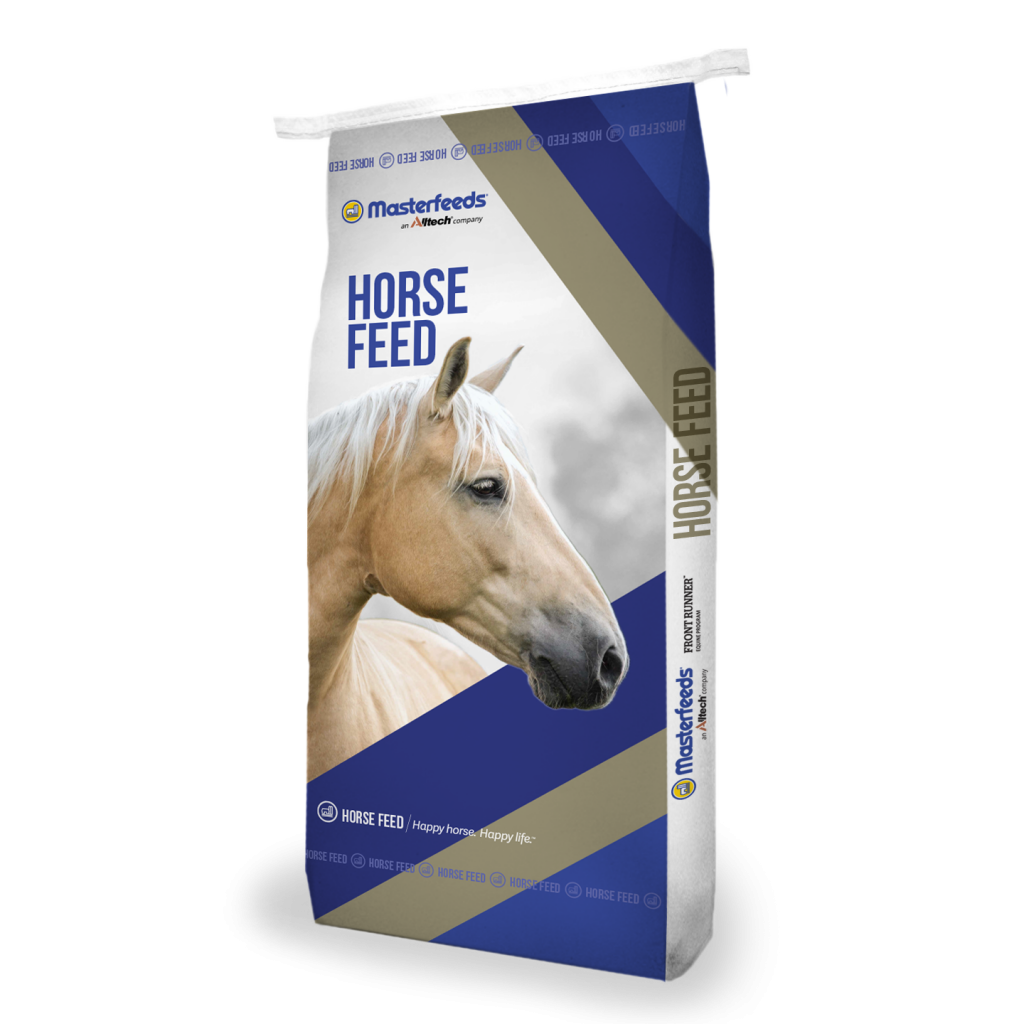
LOOSE HORSE MINERAL EAST | WEST
EXTRA NUTRIENTS FOR GROWING OR HEAVILY WORKED HORSES
Masterfeeds Loose Horse Mineral and Loose Horse Mineral (G) are formulated for typical mixed forage feeding programs. They are designed for horses fed a forage program predominantly based on hay. Loose Horse Mineral supplies extra vitamins and minerals that are needed during times of stress or when extra nutrients are needed for growing or heavily worked horses.
Product Spotlight
- Winter Nutrition Tips
- Feeding the Mare and Foal
- Breaking Down Nutrition
- Spring Nutrition Tips
- Feeding for Performance
- All About Hay
- Feeding the Senior Horse
- Fall Nutrition Tips
- Feeding Supplements
- Economical Horse Management & Feeding Tips
- The Beginner’s Guide to the Equine Digestive System
- Macronutrients: The “Big Three” of the Equine Diet
- Feeding the Active Senior
- Feeding the OTTB
